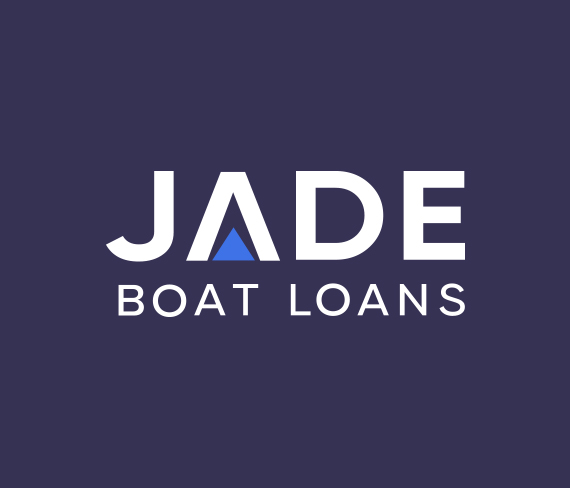Inflation and interest rates are sure to be well embedded in the awareness zone of most Australians. For those with loans and those intending to make a new purchase, such as a boat, with finance, staying across how both these rates are tracking has become essential.
It is widely known that the Reserve Bank (RBA) has been raising interest rates through monetary policy decisions to drive down Australia’s soaring inflation rate. So, when the latest inflation figures are released, it’s time to note them.
Note what could happen next with interest rates and what it could mean for easing cost-of-living pressures. An easing that may have an impact on that new boat purchase.
The latest release of inflation data comes less than a week before the next RBA Board rate decision meeting. Adding even greater significance to this data is the April decision by the Board to hold interest rates steady to allow time to obtain this critical quarterly inflation data.
The data and the decision both then have the potential to impact boat loan interest rates and hence potentially, boat buying plans.
The Australian Bureau of Statistics (ABS) released the March monthly CPI data and the data for the March quarter on 26 April. Inflation increased in the quarter by 1.4%, but the overall annual rate fell again from 7.8% at the end of February to 7% at the end of March.
This is a good sign for living costs but a rate that is still well over the target of 2-3% that the RBA aims to achieve. We summarize the key points in the ABS reports to provide an overview of the inflation scenario and cover reports on forecasts for boat loan interest rates from the markets.
ABS March CPI Data – Key Points
The monthly figures for March show a third month in a row of inflation easing. The quarterly data set is the more critical as individual months can be impacted by seasonal, weather, and other specific events.
Ms. Michelle Marquardt, the head of price statistics at the ABS, released the figures and noted price rises in most categories of goods and services over the quarter. However, she pointed out that those rises were lower than for the recent quarterly periods.
Critical points in the quarterly data include:
- CPI rose by 1.4%, leaving the annual inflation rate at 7%.
- The most significant increases were recorded in:- medical and hospital categories; tertiary education, gas; and domestic holiday travel.
- There was an easing in inflation in the goods sector but continuing high rates in the services categories.
- In the new dwelling category, price increases eased due to an easing in materials prices and a fall in demand.
- Rents recorded the largest increases for 13 years – going back to 2010.
Ms. Marquardt attributed the increases in the medical and hospital category to providers assessing their fees following the start of the year reset in the Medicare Safety Net. Some health insurers also introduced premium rises at the beginning of the year.
Ms. Marquardt explained that the tertiary education sector increases due to fee indexing at the beginning of 2023.
The food price category is still a primary contributor to inflationary pressures. The late 2022 wet weather event led to a potato shortage and resultant price rises in fresh produce and potato snack products. The weather also affected fruit prices.
While food prices remain high, they are down on the December quarter figures. Gas and electricity are continuing to put pressure on households. Fuel prices fell in the period due to an easing in global pricing.
While inflation in the goods categories eased following two years of ongoing rises, the annual rate of services inflation continues to rise. The increase to 6.1% in March from 5.5% in December was the largest annual increase since 2001.
Boat Loan Interest Rates Significance
While most Australians may not need the release of data to know what’s happening with prices, the impact on inflation interest rates is not easy to establish. The quarterly data will be analyzed by the RBA Board along with additional information available since the April meeting. The decision is whether to announce a further increase or keep rates steady again.
It may be another close call, as the April decision was revealed to be when the meeting minutes were released. The markets appear to be divided based on reports from leading economic sources. Some are seeing the drop-in inflation as justification for the RBA to keep the cash rate steady.
Others see the continuing inflationary pressures as a reason for the RBA to proceed as previously indicated, with a 0.25% cash rate rise. The decision will be made and announced on 2 May around 2.30 pm.
Why Use Jade Boat Loans
The significance of a high but easing inflation rate for boat buyers seeking finance may be the need for a cheaper boat loan interest rate from Jade Boat Loans. We assist buyers of all types of vessels in achieving better Boat Finance interest rates is sourced from many lenders. Secured Boat Loans are individually sourced and structured to accomplish a repayment schedule that will work with the household budget. A factor of particular importance with inflation continuing at high rates.
To discuss workable boat loans at cheaper interest rates, contact Jade Boat Loans at 1300 000 003
DISCLAIMER: THE INFORMATION AND SPECIFIC DETAILS CONTAINED IN THE CONTENT OF THIS ARTICLE HAVE BEEN PREPARED AND ARE PRESENTED PURELY AS GENERAL INFORMATION AND NOT INTENDED AS THE ONLY SOURCE OF FINANCIAL ADVICE FOR BOAT BUYERS AND LOAN BORROWERS. THOSE THAT CONSIDER THEY REQUIRE SPECIFIC ADVICE SHOULD CONSULT WITH A FINANCIAL ADVISOR. LIABILITY IS NOT ACCEPTED REGARDING ERRORS AND MISPRESENTED DATA AND DETAILS HEREIN.

 "
alt="">
"
alt="">